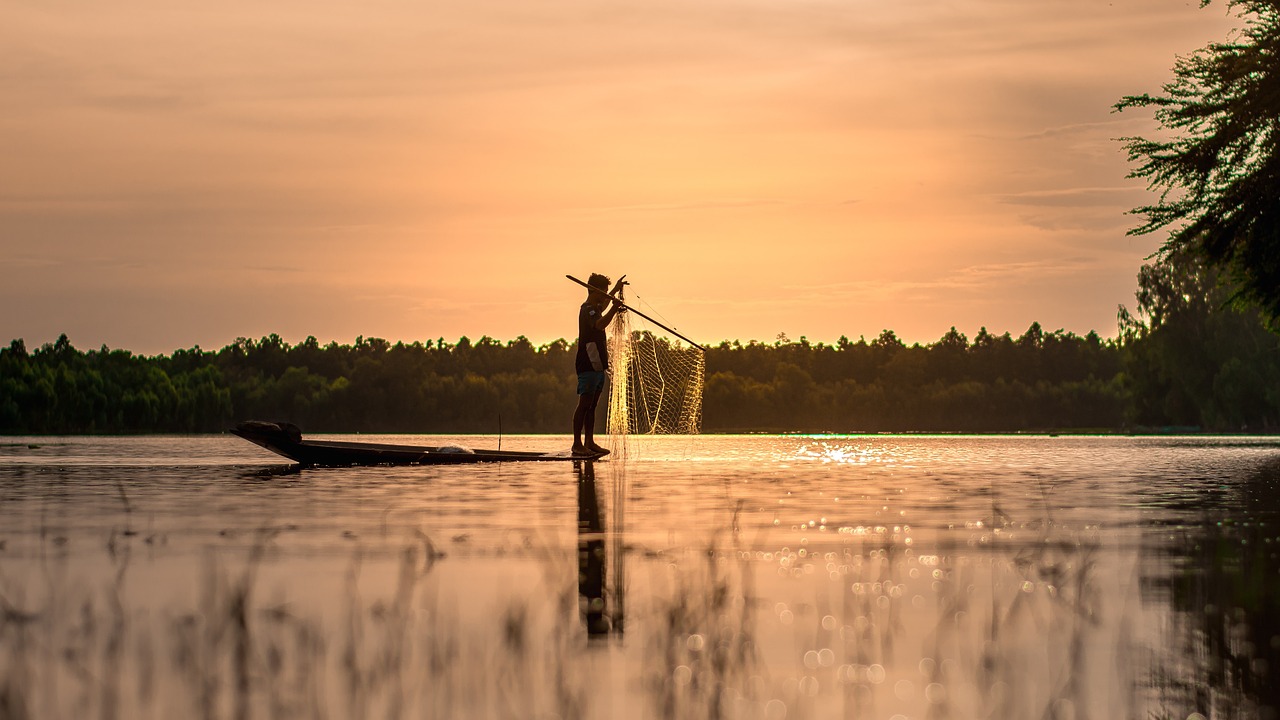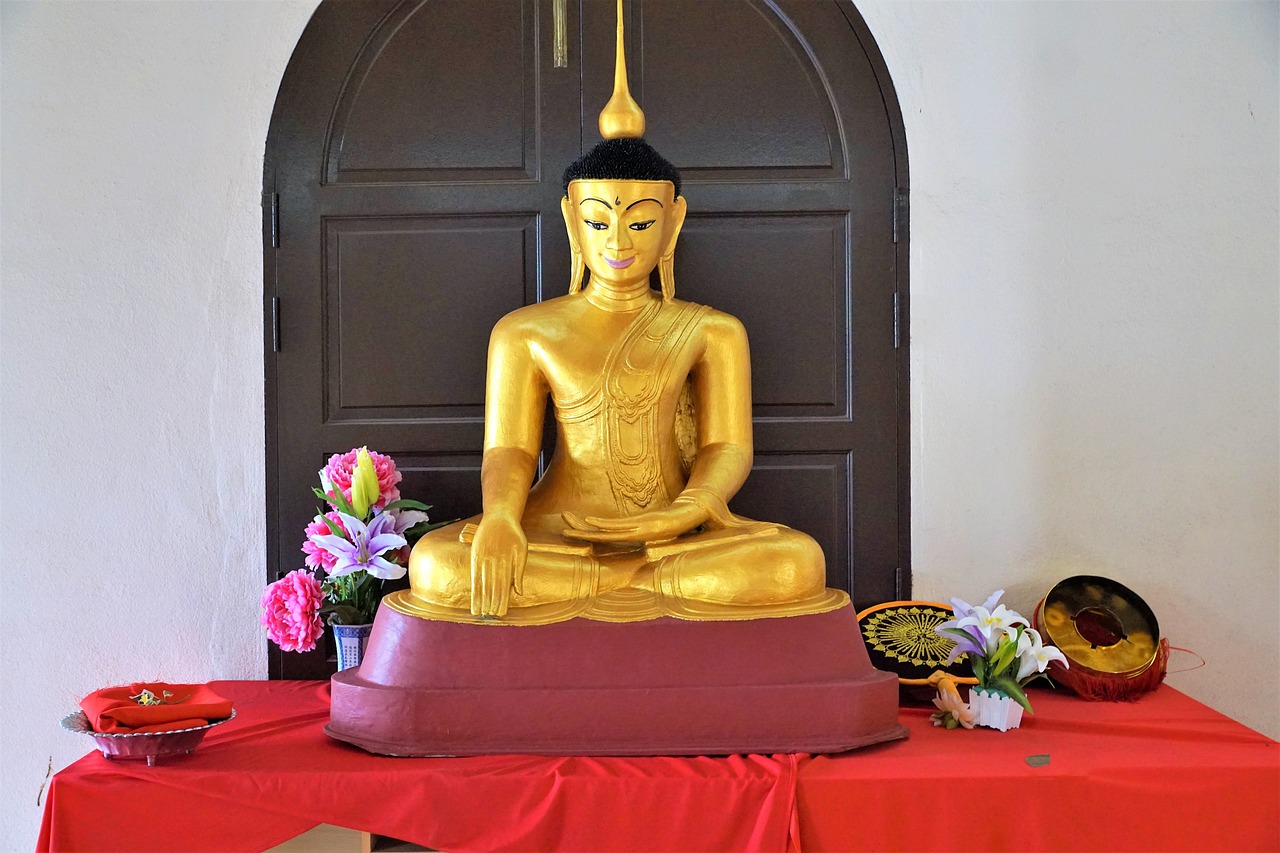Malaysia Video
Exploring Local Arts and Hobbies in Malaysia
Malaysia, a vibrant country in Southeast Asia, is known for its rich cultural heritage and diverse population. From traditional arts and crafts to modern hobbies, Malaysia offers a wide range of activities for locals and tourists alike. In this article, we will explore some of the unique arts and hobbies that you can experience in Malaysia.
Traditional Batik Painting
Traditional Batik Painting: Batik is a traditional Malaysian art form that involves using wax and dyes to create intricate patterns on fabric. The process of making batik involves applying hot wax on the fabric in specific areas to resist the dye, creating beautiful designs. The fabric is then dyed, and the wax is removed to reveal the final pattern. Batik painting is a popular hobby in Malaysia, and you can find various workshops and classes where you can learn this ancient art form.
- Materials: To create a batik painting, you will need fabric, hot wax, dyes, brushes, and a canting (a tool used for applying wax).
- Techniques: There are different techniques used in batik painting, including freehand drawing, stamping, and block printing.
- Designs: Traditional Malaysian batik designs often feature motifs inspired by nature, such as flowers, animals, and geometric patterns.
- Finished Products: Once the painting is complete, it can be framed and displayed as a piece of art or used to create clothing, accessories, or home decor items.
Woodcarving
Woodcarving: Woodcarving is a traditional craft that has been practiced in Malaysia for centuries. It involves shaping and sculpting wood into intricate designs using various tools. Malaysian woodcarvers are known for their skill and attention to detail, creating masterpieces that showcase the country’s rich cultural heritage.
- Tools: Woodcarvers use a variety of tools, including chisels, gouges, mallets, and sandpaper, to shape and refine the wood.
- Types of Wood: Different types of wood are used for woodcarving, including teak, mahogany, and ebony, each offering unique characteristics and textures.
- Subjects: Woodcarvings in Malaysia often depict traditional motifs, mythical creatures, and scenes from folklore and mythology.
- Finished Products: Woodcarvings can be standalone sculptures, decorative panels, furniture embellishments, or even functional items like utensils and bowls.
Traditional Dance
Traditional Dance: Malaysia is home to a diverse range of traditional dances, each with its unique style and significance. Traditional dances are not only a form of artistic expression but also a way to preserve cultural traditions and stories.
- Types of Dances: Some popular traditional dances in Malaysia include Joget, Zapin, and Mak Yong, each originating from different regions and ethnic communities.
- Costumes: Traditional dance costumes are often colorful and elaborate, adorned with intricate embroidery, sequins, and traditional accessories like headdresses and jewelry.
- Musical Accompaniment: Traditional dances are accompanied by traditional music, featuring instruments like the gamelan, rebab, and seruling.
- Performance: Traditional dance performances can be seen at cultural festivals, traditional ceremonies, and even in dedicated dance theaters.
Traditional Pottery
Traditional Pottery: Pottery making is an ancient craft that has been practiced in Malaysia for centuries. Traditional pottery techniques are still preserved and passed down from generation to generation, producing unique and functional ceramic artworks.
- Clay: Traditional potters use locally sourced clay, which is prepared, shaped, and then fired in kilns to create the final ceramic pieces.
- Techniques: Hand-building and wheel-throwing are the two common techniques used in traditional pottery. Hand-building involves shaping the clay by hand, while wheel-throwing uses a spinning wheel to shape the clay.
- Designs: Traditional Malaysian pottery often features intricate patterns, motifs, and glazes inspired by nature and cultural symbols.
- Functional and Decorative: Traditional pottery can be both functional, such as bowls, plates, and vases, as well as decorative, such as sculptures and figurines.
Traditional Weaving
Traditional Weaving: Weaving is an ancient craft that is deeply rooted in Malaysian culture. Traditional Malaysian textiles are known for their vibrant colors, intricate patterns, and skilled craftsmanship.
- Materials: Traditional weavers use various natural fibers, including cotton, silk, and pandan leaves, to create their textiles.
- Techniques: Different weaving techniques, such as ikat, songket, and pua kumbu, are used to create different patterns and designs.
- Patterns and Motifs: Traditional Malaysian textiles often feature intricate geometric patterns, floral motifs, and symbols with cultural significance.
- Products: Traditional woven textiles are used to create clothing, accessories, home furnishings, and ceremonial items.
Traditional Music
Traditional Music: Music plays an essential role in Malaysian culture, and traditional music forms are deeply ingrained in the country’s heritage. Traditional Malaysian music is diverse, reflecting the multicultural nature of the country.
- Instruments: Traditional Malaysian music incorporates a wide range of instruments, including the gamelan, rebab, angklung, and kompang.
- Genres: Different regions in Malaysia have their unique music genres, such as dikir barat, joget, and ghazal, each with its distinctive rhythms and melodies.
- Performances: Traditional music performances can be witnessed at cultural festivals, traditional ceremonies, and dedicated music events.
- Cultural Significance: Traditional music serves as a way to pass down cultural stories, celebrate festivals, and bring communities together.
Traditional Martial Arts
Traditional Martial Arts: Malaysia has a rich heritage of traditional martial arts that have been practiced for centuries. These martial arts not only serve as self-defense techniques but also embody cultural values and traditions.
- Styles: Some popular traditional martial arts in Malaysia include Silat, Bersilat, and Tomoi, each with its unique techniques and philosophies.
- Training: Traditional martial arts training involves physical conditioning, learning techniques, and practicing forms or patterns.
- Values: Traditional martial arts emphasize discipline, respect, honor, and self-control, promoting holistic personal development.
- Competitions: Traditional martial arts competitions and demonstrations are held regularly, showcasing the skills and techniques of practitioners.
Traditional Games
Traditional Games: Traditional games hold a special place in Malaysian culture, providing entertainment and promoting social interaction. These games are often played during festivals and special occasions.
- Types of Games: Traditional Malaysian games include congkak, sepak takraw, gasing, and wau, each with its unique rules and gameplay.
- Materials: Some traditional games require specific equipment, such as a congkak board, a woven rattan ball for sepak takraw, or a spinning top for gasing.
- Social Interaction: Traditional games are often played in groups, fostering social bonds and interaction among players.
- Preservation: Efforts are being made to preserve and promote traditional games to ensure they are passed down to future generations.
Image 1:

Traditional Handicrafts
Traditional Handicrafts: Malaysia is known for its wide variety of traditional handicrafts, each representing the cultural heritage of different ethnic communities.
- Types of Handicrafts: Some popular traditional handicrafts in Malaysia include songket weaving, rattan weaving, silverwork, and beadwork.
- Materials: Handicrafts are made using various materials, such as silk, gold and silver threads, rattan, bamboo, and natural fibers.
- Techniques: Traditional handicrafts require specialized techniques, including weaving, carving, engraving, and embroidery.
- Products: Traditional handicrafts can range from clothing and accessories to home decor items and ceremonial artifacts.
Image 2:

Traditional Cuisine
Traditional Cuisine: Malaysian cuisine is a melting pot of flavors and influences from various ethnicities, resulting in a diverse and delicious culinary experience.
- Malay Cuisine: Malay cuisine is known for its rich flavors and aromatic spices. Signature dishes include nasi lemak, rendang, and satay.
- Chinese Cuisine: Chinese cuisine in Malaysia offers a variety of regional specialties, including Hokkien mee, dim sum, and roasted duck.
- Indian Cuisine: Indian cuisine in Malaysia is diverse, with dishes like roti canai, biryani, and banana leaf rice being popular choices.
- Peranakan Cuisine: Peranakan cuisine combines Chinese and Malay flavors, resulting in unique dishes like laksa and ayam buah keluak.
Image 3:

Conclusion
Malaysia’s local arts and hobbies offer a glimpse into the country’s rich cultural heritage and provide a unique way to immerse yourself in the local culture. From traditional crafts like batik painting and woodcarving to vibrant dances, music, and games, there is something for everyone to explore and experience in Malaysia. Whether you choose to learn a new skill or simply appreciate the beauty of these art forms, engaging in local arts and hobbies will undoubtedly enhance your understanding and appreciation of Malaysian culture.
References
– Tourism Malaysia: tourismmalaysia.gov.my
– National Heritage Department Malaysia: heritagemalaysia.gov.my
– Malaysian Handicraft Development Corporation: kraftangan.gov.my
– Malaysian Foodie: malaysianfoodie.com


